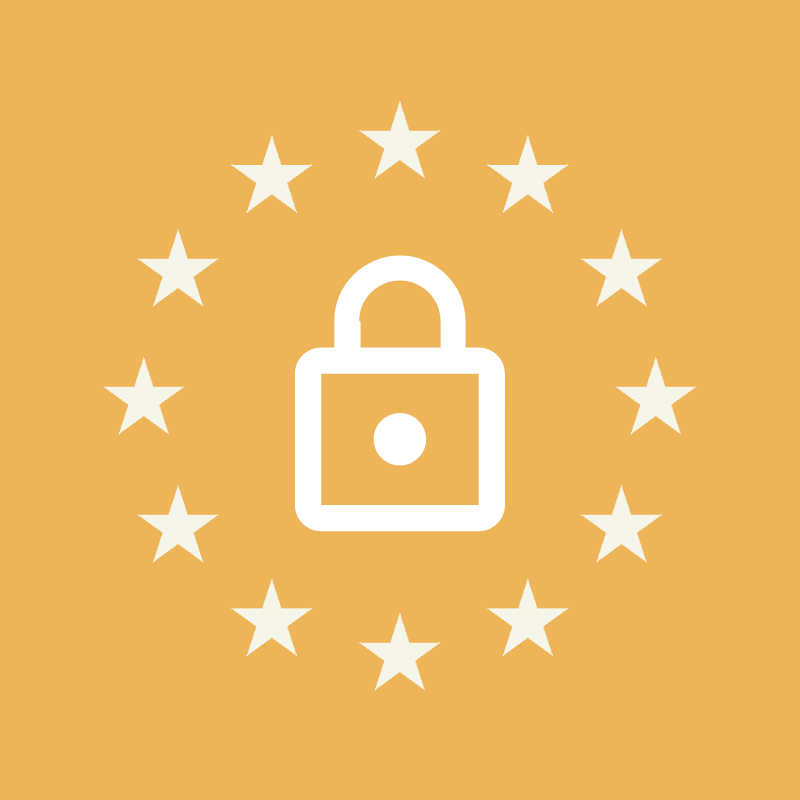Security is ever-evolving, and this is especially important with online payments. Secure payment for transactions must keep up-to-date, as cyber criminals are always trying to keep up with the latest changes and become more dangerous. The challenge in recent times, is therefore to protect customers payments, whilst still providing a simple and smooth user experience; that accommodates for the rising number of m-commerce.
Currently, 3D Secure 1.0 has resulted in users experiencing problems with authenticating their payment, due to its flaws in entering static passwords, and abilities on mobile devices. Enter 3D Secure 2.0!
Throughout 2019, banks are expected to begin supporting this new version of 3D Secure. However, from 14th September it will be a legal requirement for all transactional websites to be using 3D Secure 2.0. With this in mind, many ecommerce business owners might be wondering what this is and how it will affect them…. We can help!

What is 3d Secure 2.0?
3D Secure 2.0 is the latest update of the 3DS protocol for online payment authentication; which is used to allow banks and issuers to verify the purchaser. This additional security layer, stands for Three-Domain Secure, as there are three domains that are involved with the payment. These are the Acquirer (to whom the money is being paid), the Issuer (the bank that issued the card) and the Interoperability (the infrastructure in which the 3D Secure protocol is being supported).
This latest update has been developed to provide stronger and smoother fraud-detection intelligence. It has been updated with the aim of enhancing the payment authentication process, by helping issuers distinguish between legitimate transactions from fraud. Yet still providing a smooth, and simple user experience, at lightning speed.
How Does it Differ From Version 1?
With changes in the devices used to make payments, and the increased need for easy and simple processes, the time has come to upgrade and update 3D Secure 1. Version 1 authenticates payments with a sign up process, data sharing and a static password, whereas Version 2 improves the mobile payment process and the user experience as a whole.
3D Secure 2.0 has changed payment authentication as we know it, with a simplified consumer experience that includes the use of biometric data. This means that users will instead be able to use their fingerprint or Face ID to authenticate payments through the banking app.
This latest update will also support non-browser based payment options such as in-app, mobile and digital wallet methods. Currently Version 1 only supports transactions within standard web browsers. Therefore 3D Secure 2.0 is a welcomed update to payment authentication, with improved messaging for better authentication decisions, the prevention of unauthenticated payment, and many other enhancements.

What’s Next?
Updating payment authentication to 3D Secure 2.0 will provide increased fraud protection, which is beneficial to all parties. It will also mean that merchants who are transacting within Europe will meet Strong Customer Authentication requirements, which will be enforced on 14th September.
That might sound like a lot to understand, but don’t worry - that’s why we are here! We can update your Ecommerce website, so that it has 3D Secure 2.0 and meets the tightened requirements of the EU Legislation for the security of payments and card data. So get in touch, and we will help make sure you’re providing a smooth yet secure experience for your consumers.